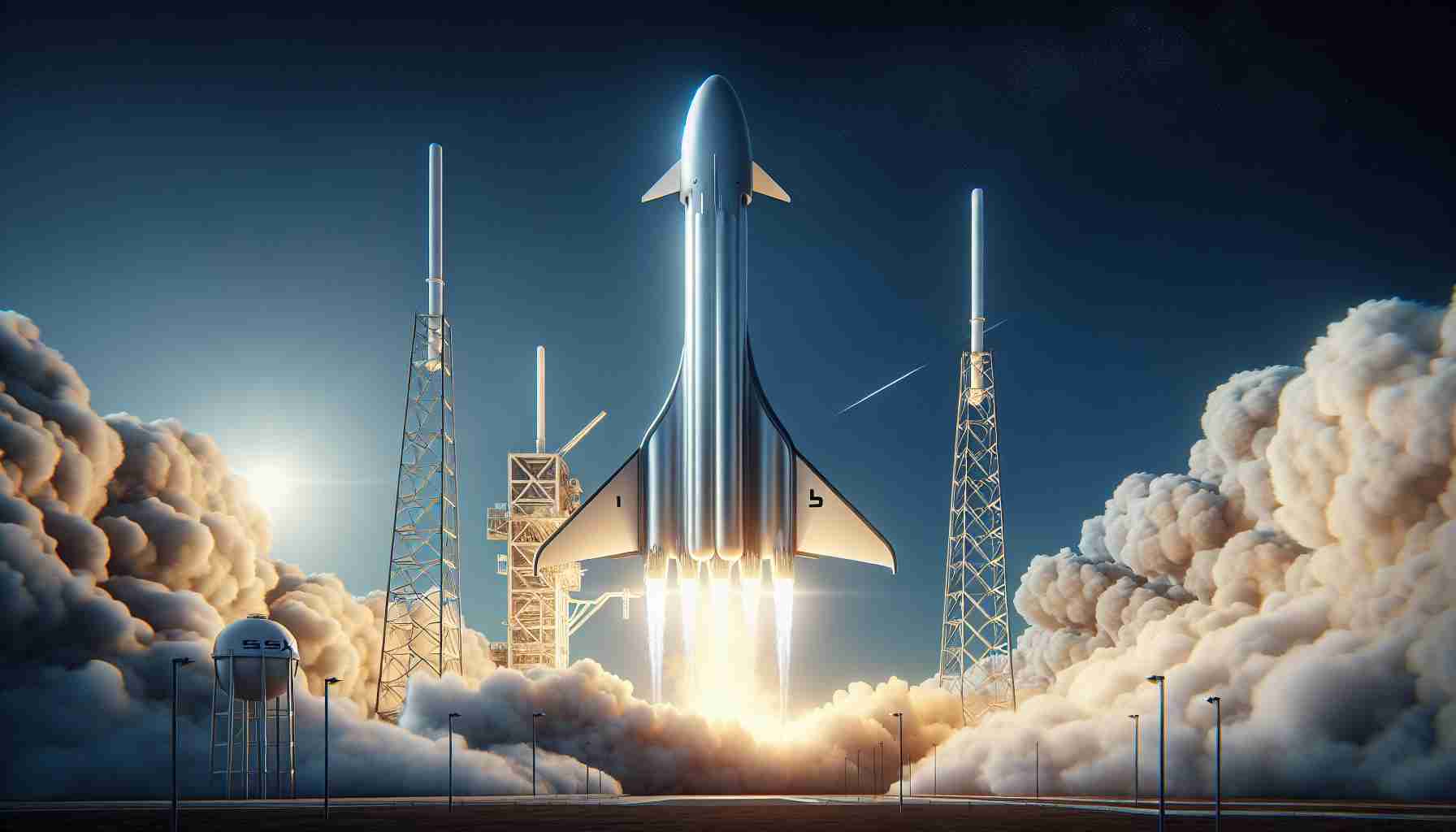
SpaceX is on the verge of launching its sixth Starship test flight, slated for the evening of November 18, starting at 5 p.m. EST. The Starship project has garnered attention as one of the most ambitious aerospace endeavors, designed to be a super heavy-lift vehicle capable of transporting crew and cargo beyond Earth. This vehicle, considered the largest and most powerful rocket ever created, embodies SpaceX’s aspirations for deep space exploration.
Elon Musk’s vision includes not only supporting NASA’s lunar missions but also sending humans to Mars in the near future. The upcoming test follows a significant previous launch, marking advancements with improved landing techniques and safety features.
During this flight, the Starship will undertake a trajectory above the Gulf of Mexico, with plans to land in the Indian Ocean for the third consecutive time. SpaceX is focusing on enhancing its booster, which will attempt to autonomously return to the launch site and be caught mid-air by a capturing mechanism. Notably, the test will include an orbital burn using the Raptor engine, a critical maneuver for future missions.
NASA is also making strides in its Artemis program, collaborating with SpaceX to develop spacecraft capable of lunar excursions. This partnership aims to establish a human presence on the Moon and, eventually, facilitate missions to Mars that could begin as early as 2028. With advancements in each test, the Starship is edging closer to becoming a reliable mode of transportation for space exploration.
SpaceX’s Upcoming Starship Test Flight: Innovations and Challenges Ahead
As the countdown begins for SpaceX’s sixth Starship test flight scheduled for the evening of November 18, 2023, there is growing excitement regarding the innovations and engineering feats that this test promises to showcase. Beyond the already established news about the launch, this test flight highlights SpaceX’s commitment to revolutionizing space travel through ambitious technological advancements.
What Innovations Can We Expect?
One of the most talked-about innovations is the full-flight demonstration of the Starship’s Raptor 2 engines, which have undergone significant upgrades for increased efficiency and power. This iteration is expected to deliver more thrust while consuming less fuel, aiding the rocket’s overall performance. Moreover, SpaceX plans to test advanced thermal protection systems during re-entry, enhancing safety measures for future crewed missions.
Key Questions Surrounding the Test Flight
1. What are the specific objectives for this test flight?
The primary objectives include testing enhanced landing techniques, conducting an orbital burn, and ensuring the booster can autonomously return to the launch site successfully.
2. What challenges does SpaceX face in this test?
Some challenges include refining the booster recovery system, implementing autonomous landing features, and managing the complex dynamics of re-entering Earth’s atmosphere at high speeds.
3. How does this test relate to NASA’s Artemis program?
The test is critical not just for SpaceX but for the Artemis program as well, as it helps fine-tune technologies that will support future lunar expeditions, enhancing international collaboration in space exploration.
Challenges and Controversies
Despite the optimism surrounding the Starship project, several challenges and controversies loom large. Environmental concerns have emerged around the rocket’s launch and landing processes, with critics questioning the potential impact on wildlife and ecosystems near launch sites. Furthermore, there have been delays in regulatory approvals from the Federal Aviation Administration (FAA), which could affect the pacing of future flights.
Advantages of the Starship Program
The advantages of the Starship program are numerous:
– Cost Efficiency: Starship is designed for reusability, which can significantly reduce the costs of launching payloads to orbit.
– Increased Payload Capacity: The Starship can carry a larger volume of cargo and crew compared to existing vehicles, enabling more ambitious missions.
– Technological Leadership: The innovations developed through the Starship program position SpaceX at the forefront of space technology, benefiting future aerospace endeavors.
Disadvantages of the Starship Program
However, there are disadvantages that need to be considered:
– Technical Risks: The development of new technologies always carries the risk of failure, which could have financial and reputational implications.
– Environmental Impacts: Concerns about the environmental footprint of increased launch frequency and potential hazards to local ecosystems are issues SpaceX must address.
– Regulatory Challenges: Navigating the complex web of regulations can delay progress and complicate the launch schedule.
As SpaceX looks to the stars, the upcoming test flight serves as a crucial milestone on its journey towards making space travel more accessible and sustainable. With continued focus on innovation and addressing key challenges, SpaceX affirms its role as a leader in the aerospace industry.
For more information, visit: SpaceX.



